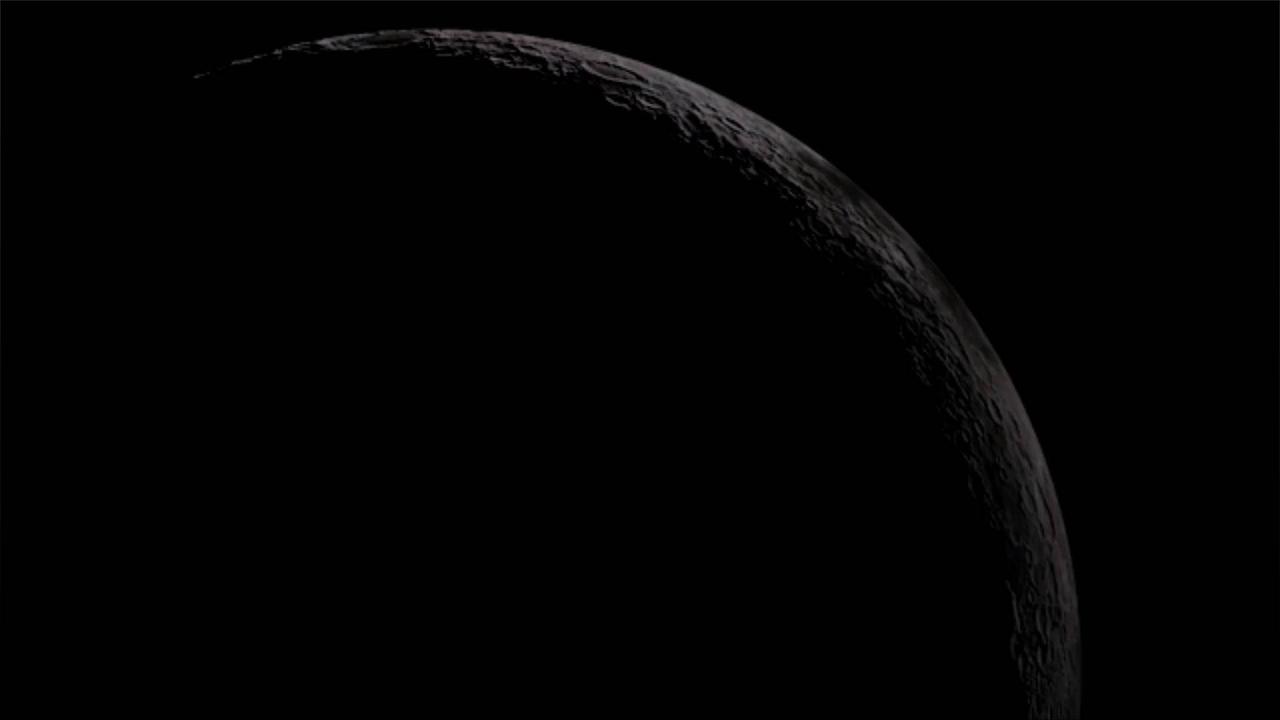Researchers Use AI to Identify Strange Reflective 'Anomalies' on the Moon

Researchers Use AI to Identify Strange Reflective 'Anomalies' on the Moon
Researchers Use AI , to Identify Strange Reflective , 'Anomalies' on the Moon.
'Vice' reports that scientists have uncovered strange, reflective "anomalies" on the surface of the moon.
Research published in the 'Journal of Geophysical Research - Planets' stems from a series of images captured by NASA's Lunar Reconnaissance Orbiter spacecraft.
Using artificial intelligence, researchers were able to analyze over a million images to discover approximately 130,000 of these unexplained anomalies.
Normally, lunar dust is very porous and reflects a lot of light back in the direction of illumination, Marcel Hess, Image analyst from the Technische Universität Dortmund, via 'Vice'.
However, when the dust is compacted, the overall brightness usually increases.
This is not the case with the observed dust-covered rocks, Marcel Hess, Image analyst from the Technische Universität Dortmund, via 'Vice'.
The team believes the strangely reflective rocks were the result of the impact that formed the craters near where the rocks were found.
The authors of the study believe a number of factors could explain the rocks' reflective quality, including the microscopic structure of the rocks themselves.
They theorize that the static properties of a specific kind of lunar dust or the moon's magnetic fields could also play a role.
'Vice' reports that the Reiner Gamma region, where the anomalous rocks were discovered, is a known hotspot for magnetic activity.
Researchers hope that NASA's upcoming Lunar Vertex mission, which will collect samples from the Reimer Gamma region, will help unravel the mystery.


![‘India’s Space Hero Returns’: Shubhanshu Shukla SMILES as Historic AXIOM-4 Lands | Family Reacts [Video]](https://video.newsserve.net/300/v/20250715/1416566898-India-Space-Hero-Returns-Shubhanshu-Shukla.jpg)
![Trump administration backs out of plan to publish climate reports on NASA website [Video]](https://video.newsserve.net/300/v/20250715/1416540692-Trump-administration-backs-out-of-plan-to-publish.jpg)